Categorization:Harness Component
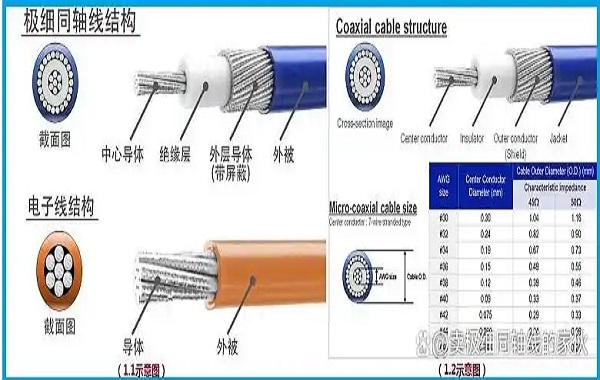
The ultra-fine coaxial cable is not a regular thin wire.
In the early stage of product development, some engineers tend to mistake ultra-fine coaxial cables for ordinary thin wire harnesses, and even substitute thin wires for them, which can lead to risks such as reduced signal integrity, severe EMI problems, excessive attenuation, and poor contact. micro coaxial cable has a complete coaxial structure with a central conductor, insulating layer, shielding layer, and outer sheath, enabling high-frequency low-loss transmission, and has both flexibility and reliable shielding performance, which cannot be replaced by ordinary thin wires.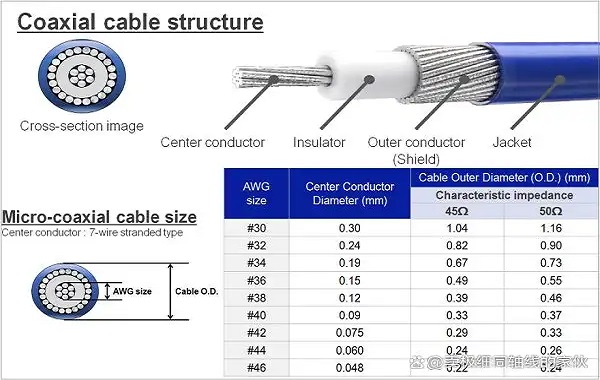
Two, misconception: The thinner the wire diameter, the better?
Some developers pursue the idea that thinner cables are better, believing that they save more space. However, the selection of extremely thin coaxial cable diameters must be considered in conjunction with transmission speed, bending radius, mechanical strength, insertion and extraction life, and the corresponding connector model. Taking the I-PEX 20320-R50T-11 as an example, it can correspond to various diameters such as 0.42mm, 0.38mm, and 0.31mm, but it is not always better to be thinner. Excessively thin diameters can lead to a decrease in mechanical strength, reduced resistance to bending, and consequently, affect signal stability and service life. The reasonable selection should be based on a balanced consideration of product structure and transmission requirements.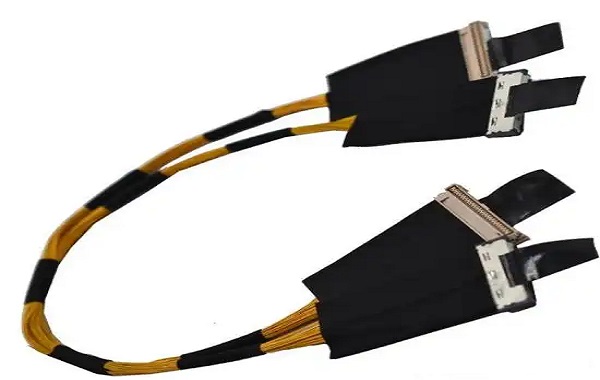
The EMI shielding layer is not the thicker, the more effective.
Many users misunderstand the concept of "the thicker the shielding, the better." In fact, an overly thick shielding layer increases the cable weight and reduces flexibility, affecting the assembly process. micro coaxial cable usually requires a shielding weave density of 85% to 95% to meet high-frequency EMI requirements. When paired with the connection structure of I-PEX 20320-R50T-11, high-speed links typically achieve good EMC performance.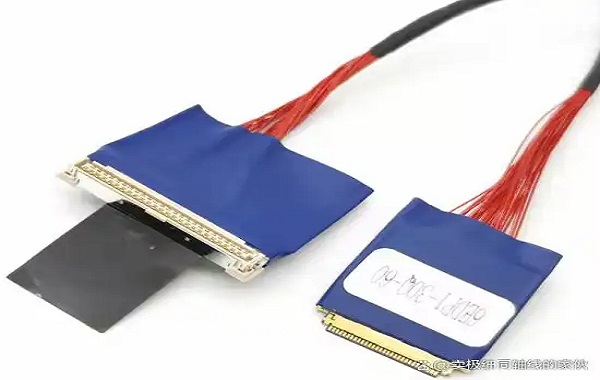
It is crucial to choose a reliable brand and a manufacturer with mass production capabilities for wiring harnesses.
There are numerous types of extremely thin coaxial cables on the market with varying quality. For high-frequency and high-speed transmission applications, it is recommended to prioritize cables with brand guarantees and collaborate with wire harness manufacturers with experience in micro coax mass production. Professional production capacity directly affects wire harness consistency, welding process stability, and overall link performance, especially crucial in high-speed signal applications.
Introduction to I-PEX 20320-R50T-11 connector
I-PEX 20320-R50T-11 belongs to the FPL 20320 series, featuring a 0.5mm pitch side insertion vertical mating structure, with a mating height of only 4.3mm. It supports high-speed applications such as eDP HBR2 (5.4 Gbps/lane) and USB 3.0 Gen1 (5 Gbps), suitable for products with high bandwidth and stability requirements.The series supports mixed welding of ultra-fine coaxial cables (Micro Coax) and discrete wires, with a structural design that effectively prevents solder paste overflow, enhancing the reliability of welding. It also features clear clip touch and sound feedback, facilitating assembly confirmation.
Optional with 30, 40, 50Pin specifications, it supports AWG#40 to AWG#32 wire diameter, meeting the needs of various high-frequency and high-speed signal applications such as camera modules, tablets, laptops, medical equipment, etc.
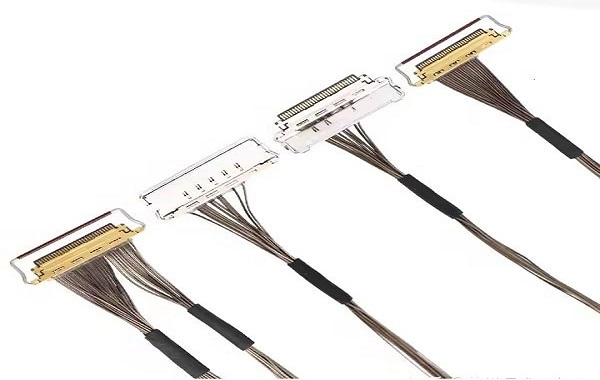
I amSuzhou Huichengyuan Electronic TechnologyLong-term focus on the design and customization of high-speed cable harnesses and extremely fine coaxial cables, committed to providing customers with stable and reliable high-speed interconnect solutions. If you have any related needs or would like to learn more, please feel free to contact us:Manager Yin 18913280527 (WeChat same number)。